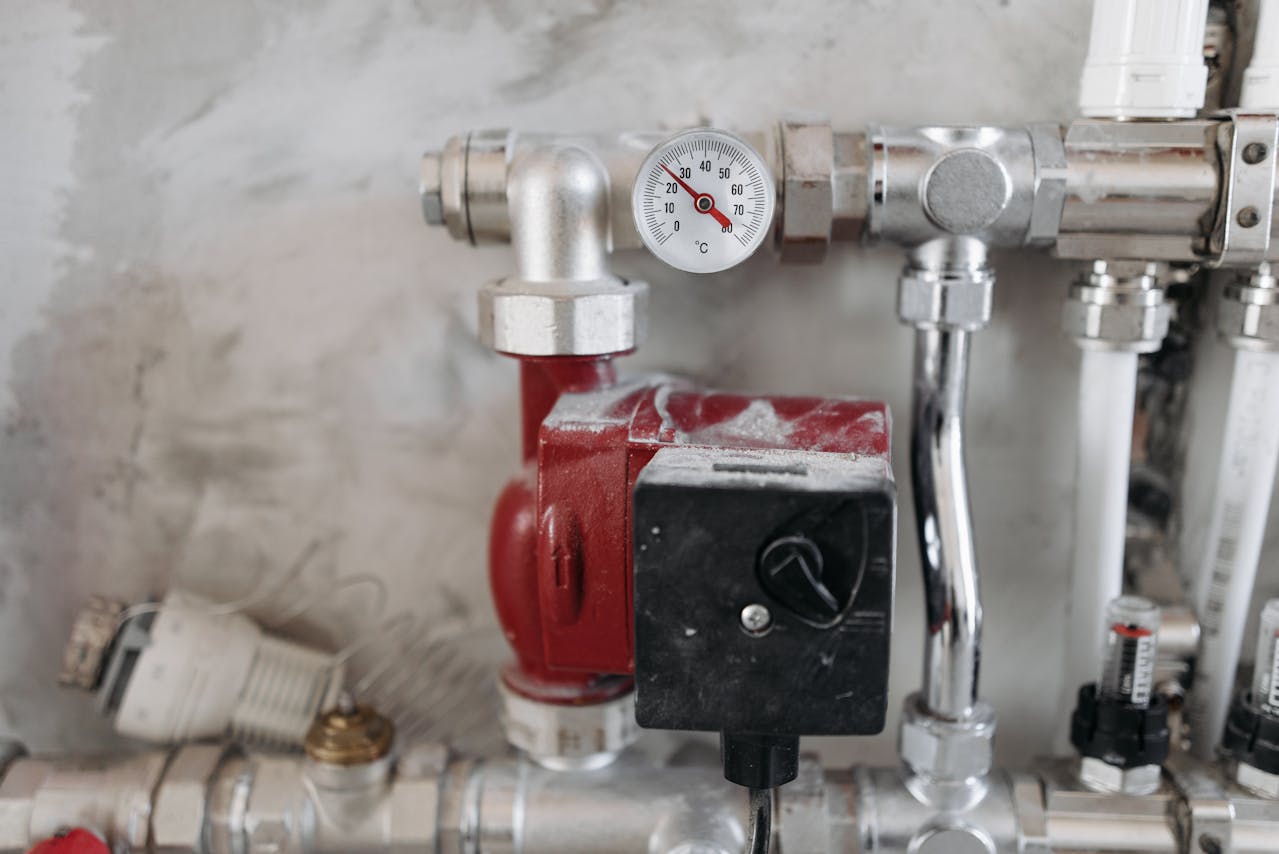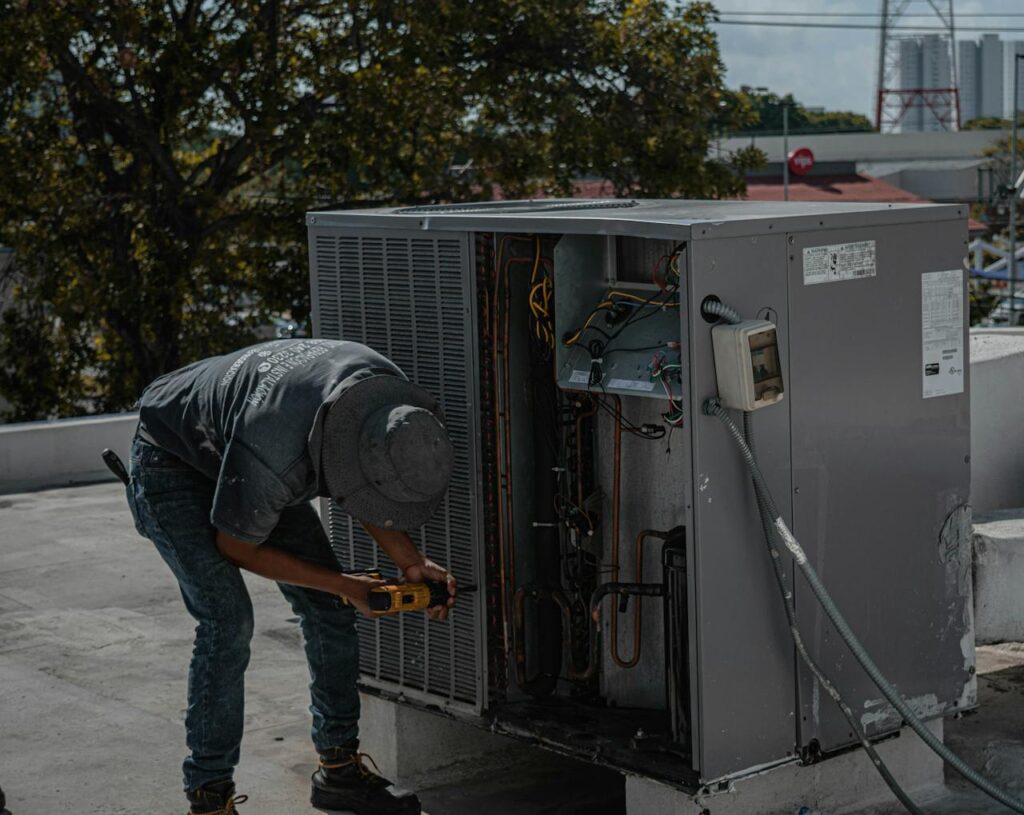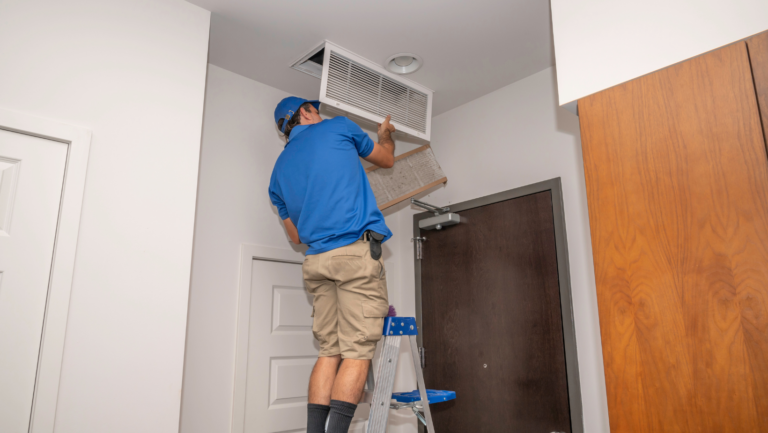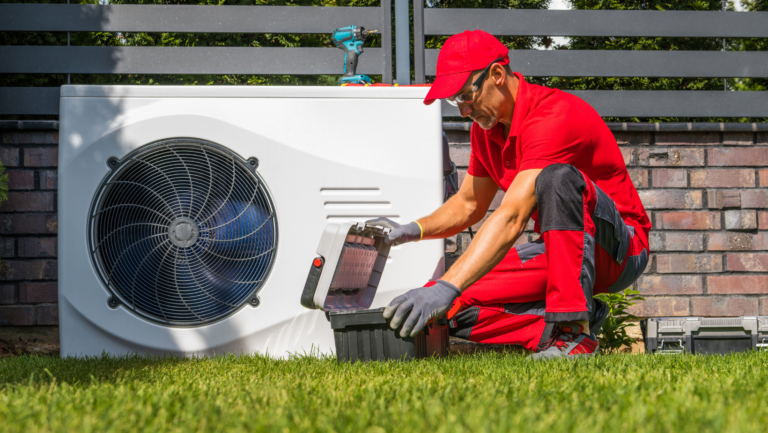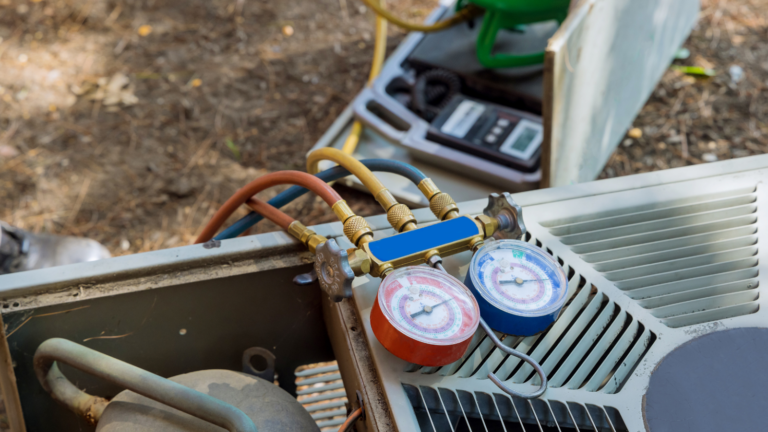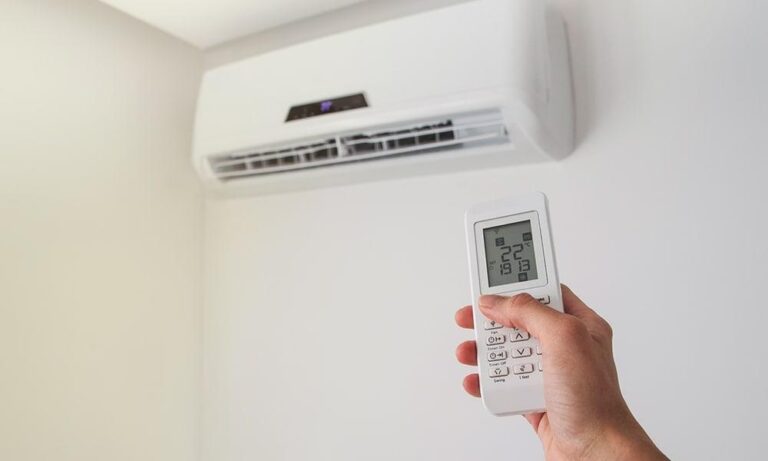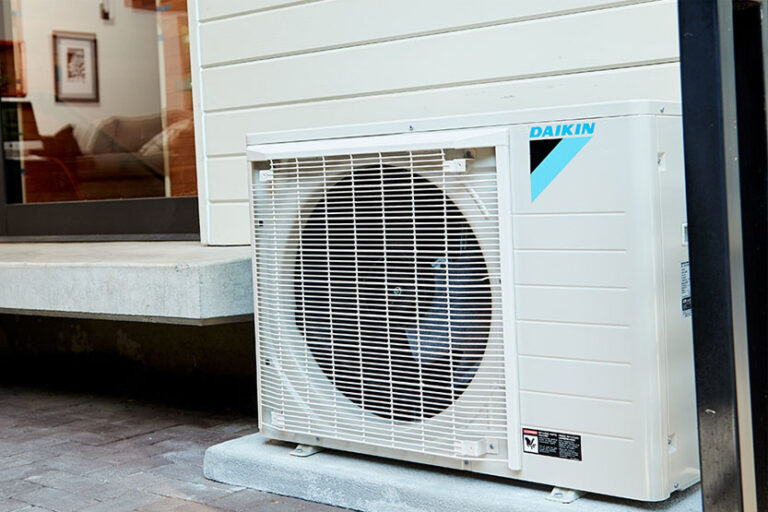Can You Attach a Dehumidifier to Your HVAC System
If you’re dealing with high indoor humidity, you might be wondering—can you attach a dehumidifier to HVAC systems to fix the problem?
The short answer is yes, and it can make a big difference in how comfortable and healthy your home feels.
A dehumidifier helps your HVAC system do its job better by pulling excess moisture out of the air. This not only makes your home more comfortable but can also protect it from moisture damage, mold, and allergens. It’s a smart addition, especially in climates where humidity levels are consistently high.
Before making any upgrades, it’s also worth checking whether your current setup is covered or supported by your policy, including home insurance for HVAC systems. This can give you peace of mind as you invest in long-term comfort.
In this post, we’ll break down what it takes to add a dehumidifier to your system and why it’s worth considering.
At Beam Airflow, we specialize in integrating dehumidifiers with HVAC systems to improve indoor air quality. Our technicians ensure a seamless installation for optimal performance.
SPEAK TO A QUALIFIED TECHNICIAN
Attaching a Dehumidifier to Your HVAC System
Attaching a dehumidifier to your HVAC system can help regulate humidity levels, improve comfort, and protect your home from moisture damage. However, it’s important to choose the right dehumidifier to ensure compatibility with your system and the best results.
To select the appropriate dehumidifier, make sure to consider the size of your space and the capacity of your HVAC system.
A well-sized dehumidifier will work efficiently without overloading your system. Pay attention to the HVAC dehumidifier compatibility to avoid issues down the line.
Here are other considerations for selecting the right dehumidifier:
- Dehumidifier size: Ensure the dehumidifier is sized to match your home’s square footage and the load your HVAC system can handle. Too small, and it won’t perform well; too large, and it could strain the system.
- Energy efficiency: Look for an Energy Star-rated model. This will reduce energy consumption while effectively removing moisture from the air.
- Installation process: Some dehumidifiers are designed to be installed directly into your HVAC system, while others are portable. Make sure to choose a model that fits with your system’s configuration.
- Maintenance needs: Regular cleaning and maintenance are key to keeping your dehumidifier running smoothly. Some units require more attention than others, so choose one that fits your lifestyle.
Beam Airflow provides expert advice and installation services to help you integrate a dehumidifier with your HVAC system. Let us help you achieve year-round comfort with cleaner air and improved efficiency.
SPEAK TO A QUALIFIED TECHNICIAN
How to Install a Dehumidifier to Your HVAC System
The installation process for HVAC dehumidifiers can vary depending on the type and how you want it integrated into your HVAC system.
Below are a few common installation methods with their different benefits.
Dedicated Return to Supply Installation
This installation method connects the dehumidifier directly to the return and supply ducts of your HVAC system. The dehumidifier is placed in the return air stream, removing moisture from the air before it is cooled or heated and sent back through the supply ducts.
The advantages of this installation method include
- Ensures consistent humidity control across the entire home.
- Prevents moisture buildup on HVAC coils, increasing efficiency.
- Provides even dehumidification in large spaces.
Considerations: This installation requires significant modifications to your ductwork, so it’s best handled by professionals.
Additionally, you’ll need to ensure the dehumidifier’s capacity matches the demands of your HVAC system. Keep in mind that filter replacement and routine maintenance are essential for optimal performance.
Return to Return Installation
In this setup, the dehumidifier is installed on the return ductwork, working to remove excess moisture from the air before it reaches your HVAC system. The air passes through the dehumidifier, which reduces humidity before it enters the air handler.
This method is ideal for homes that don’t require the same level of integration as the return to supply setup but still want efficient humidity control.
The advantages of this installation method include
- Easier installation compared to return to supply.
- Offers excellent moisture control without needing complex ductwork modifications.
- Can be a more affordable option while still improving overall air quality.
Considerations: While easier to install, this method may not offer the same level of moisture control as other setups. It may also not be as effective for larger homes or spaces with high humidity levels. Consider whether your HVAC system can handle the added load of a dehumidifier.
At Beam Airflow, we specialize in providing solutions that fit your needs and enhance your home’s comfort and air quality.
SPEAK TO A QUALIFIED TECHNICIAN
Standalone Operation
A standalone dehumidifier can be used alongside your HVAC system but operates independently. It doesn’t require direct integration with your HVAC system but still helps control humidity in specific areas of your home. This method is suitable if you don’t want to make significant changes to your ductwork.
The advantages of this installation method include
- Flexible and easy to install with minimal disruption.
- Great for smaller spaces or specific rooms that need dehumidification.
- No need for complex HVAC modifications or ongoing maintenance.
Considerations: While it’s a simple option, standalone units may not offer the same level of whole-house dehumidification.
If your home experiences high humidity, a more integrated solution might be necessary.
READ MORE: Cost Factors of a New HVAC System
Professional Installation and Configuration
When considering adding a dehumidifier to your HVAC system, the first step is an expert assessment.
A professional technician will evaluate your HVAC system to determine its size, capacity, and existing humidity levels. This ensures the proper HVAC dehumidifier integration, allowing for optimal performance.
Without this step, you risk installing a system that doesn’t fully meet your needs, leading to inefficiency or damage.
System Calibration
Once the right dehumidifier is selected, system calibration is essential for ensuring everything works together smoothly. This process adjusts the dehumidifier’s settings to match your home’s specific needs. The technician will fine-tune parameters like humidity thresholds and airflow to ensure the system maintains a comfortable environment.
Wiring and Configuration
Proper Dehumidifier wiring and configuration play a key role in smooth operation. A technician ensures all electrical connections are secure and functional. This improves efficiency and helps you take full advantage of the benefits of an HVAC dehumidifier, such as lower energy use and better humidity control.
Cost
Additionally, understanding the HVAC dehumidifier cost helps you make an informed decision about the investment. The installation and maintenance costs are part of the overall expense, but they ensure long-term system efficiency and comfort.
Let Beam Airflow take care of the details. Our experts handle everything from assessment to calibration and post-installation maintenance, ensuring your HVAC system is perfectly set up to maintain ideal humidity levels.
SPEAK TO A QUALIFIED TECHNICIAN
Maintenance and Monitoring
Proper maintenance keeps your dehumidifier and HVAC system running smoothly, preventing issues and improving efficiency. Regular monitoring is essential for long-term performance.
Below are essential maintenance steps:
- Schedule routine checks: Ensure both systems are functioning correctly and catch small issues early. This helps avoid expensive repairs and keeps your home comfortable year-round.
- Filter maintenance: Clean or replace filters regularly to maintain airflow and efficiency. Dirty filters can cause system strain, leading to higher energy bills and reduced performance.
- Monitor performance: Keep an eye on humidity levels and system performance, adjusting settings as needed to maintain desired conditions. Regular adjustments prevent excess moisture buildup or system overload.
By staying on top of these tasks, you can prevent bigger problems and ensure your HVAC and dehumidifier work efficiently.
READ MORE: DIY HVAC Maintenance Tips
Verdict: Should You Attach a Dehumidifier to Your HVAC System?
Installing a dehumidifier helps maintain comfortable humidity levels, protect your home from moisture damage, and improve overall air quality. If you experience high humidity or moisture problems, attaching a dehumidifier to your HVAC system can prevent mold growth, reduce allergens, and make your space feel more comfortable.
The benefits of doing so are clear: better HVAC efficiency, improved air quality, and reduced energy costs.
When connecting a dehumidifier to central AC or integrating with your HVAC system, the right installation and maintenance ensure long-term results. If you run into any issues, HVAC system dehumidifier troubleshooting can help resolve them quickly.
At Beam Airflow, we offer seamless installations to attach a dehumidifier to HVAC systems with precision. Let us help you enhance your home’s comfort with a tailored solution.
SPEAK TO A QUALIFIED TECHNICIAN

